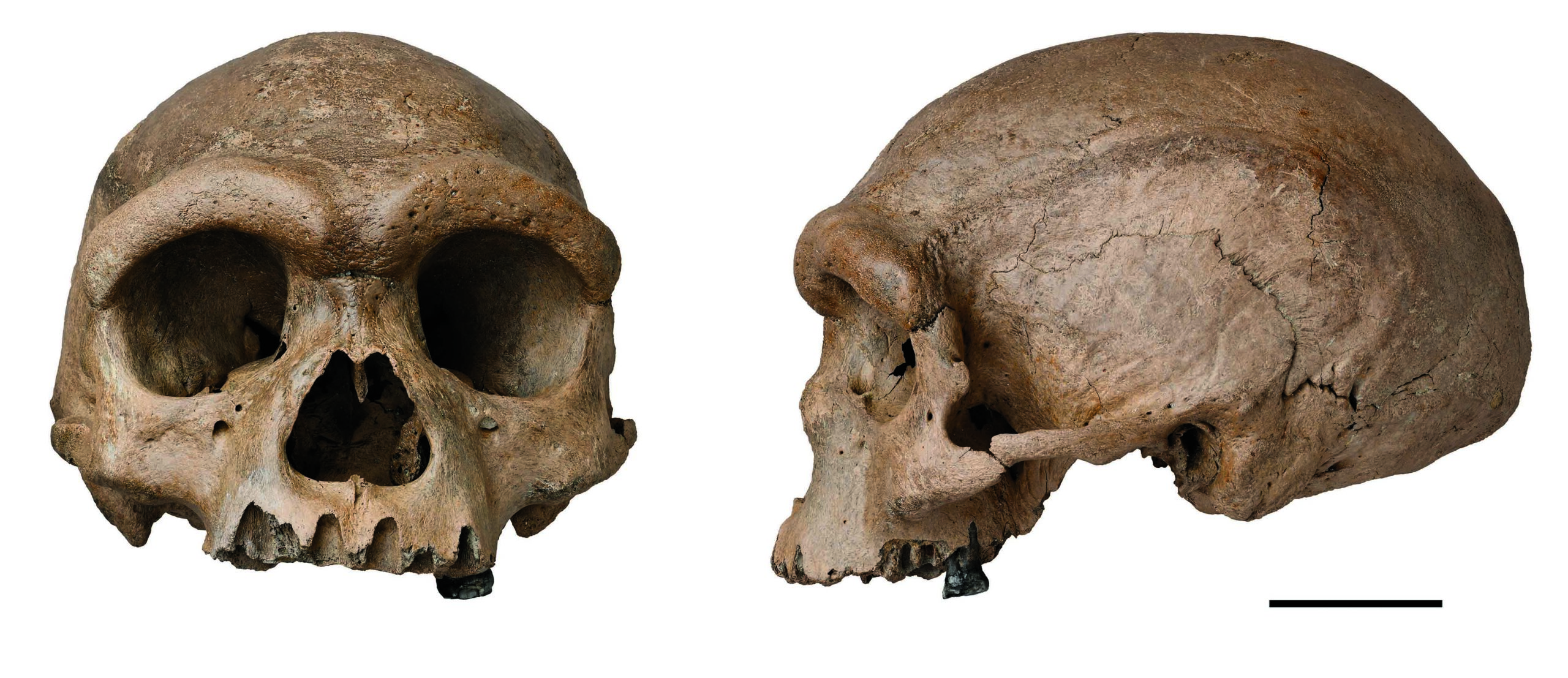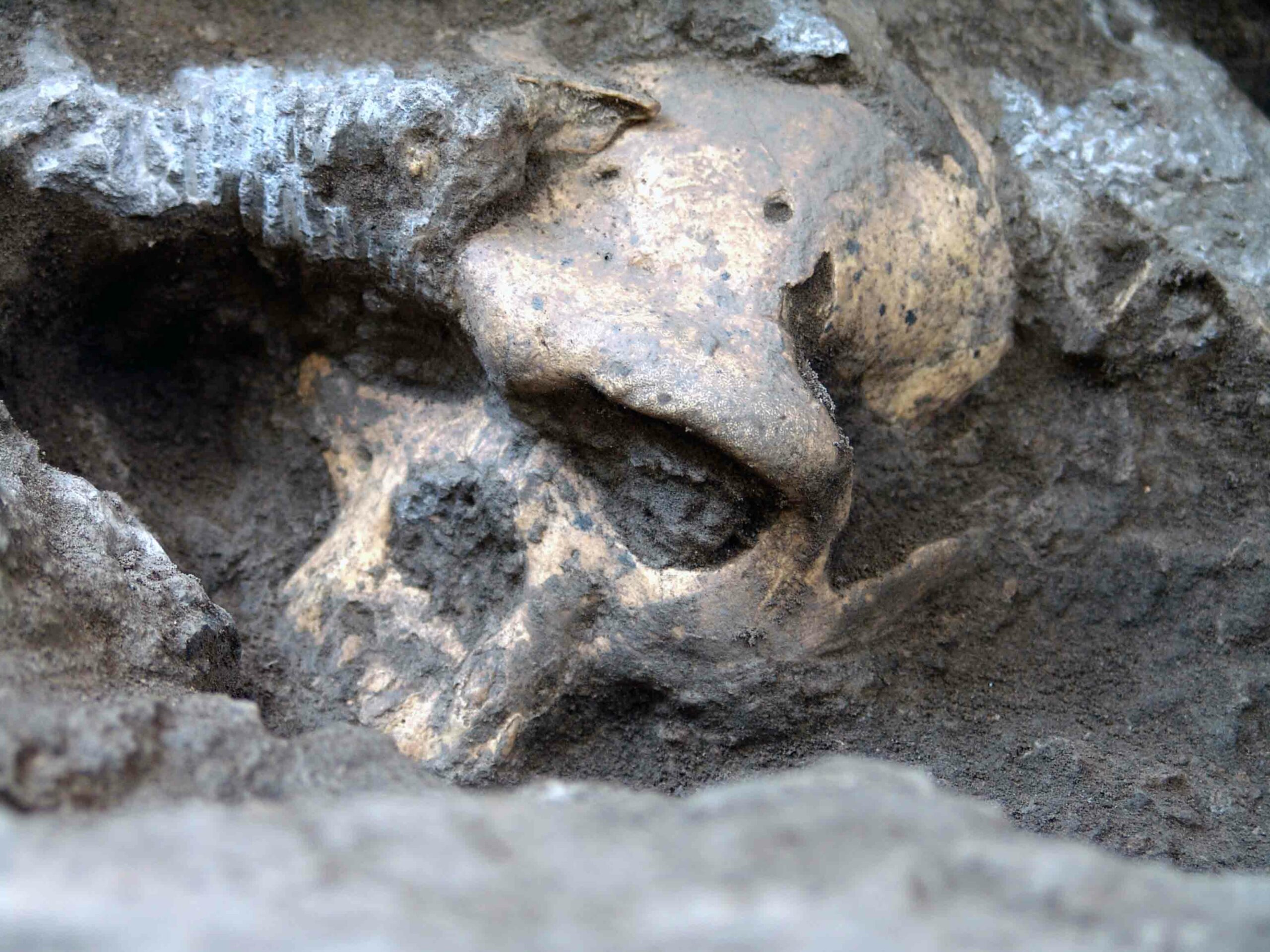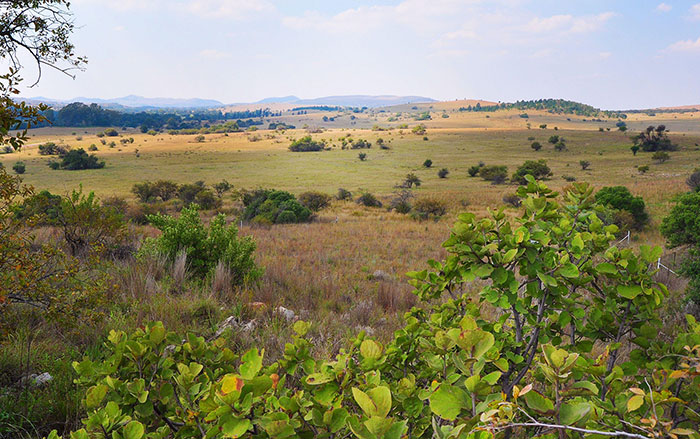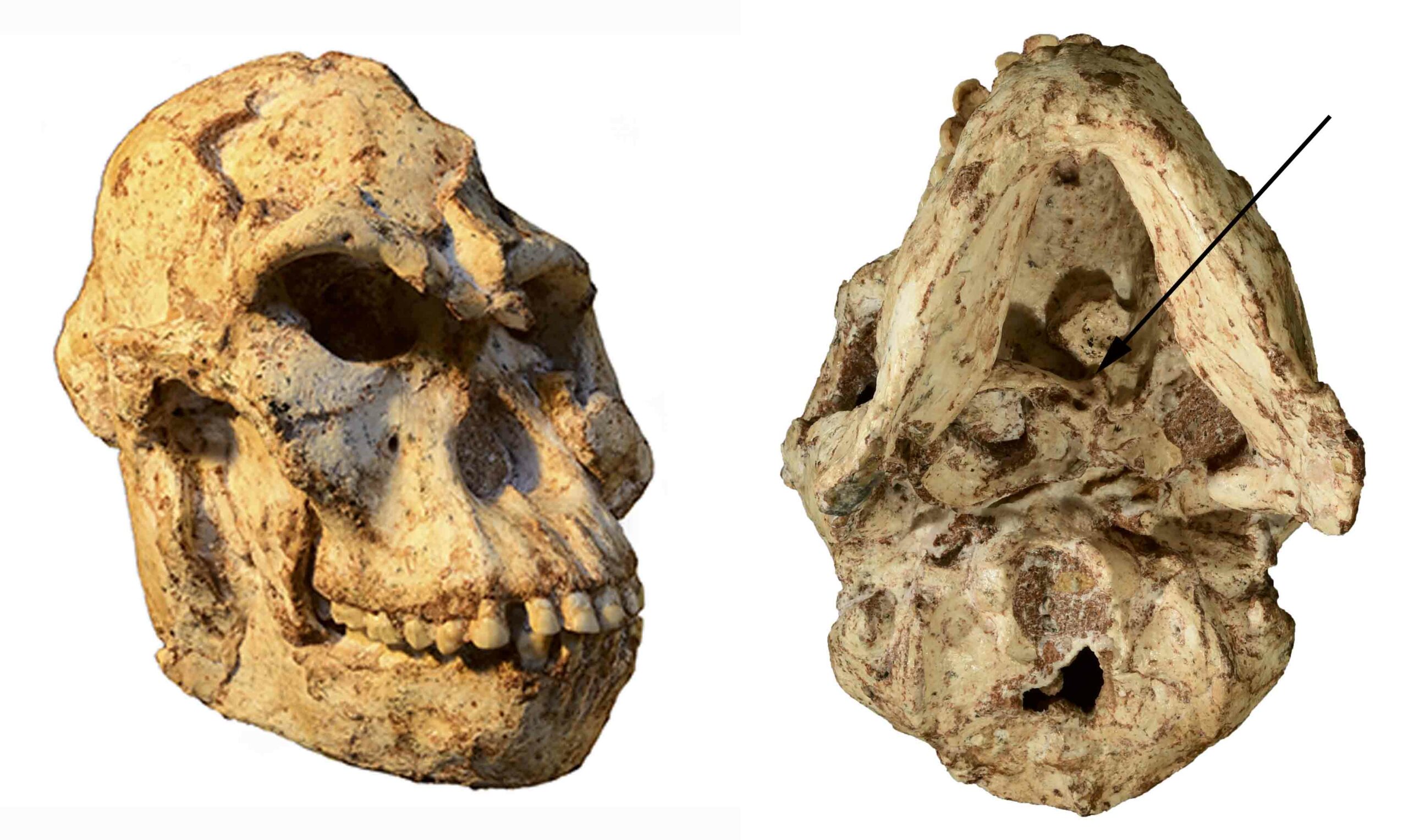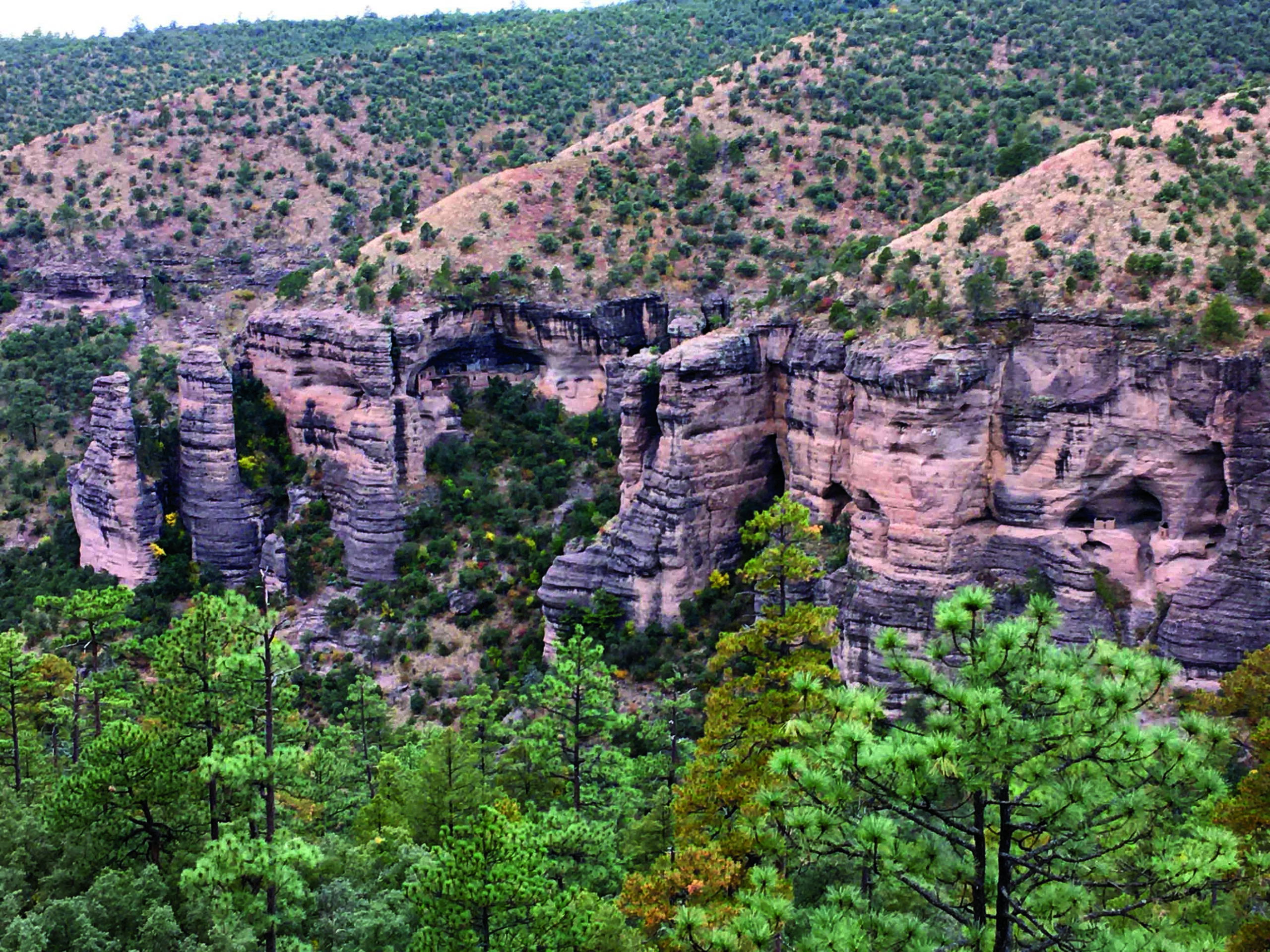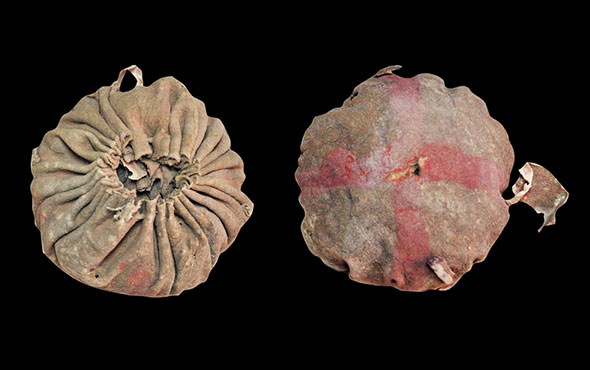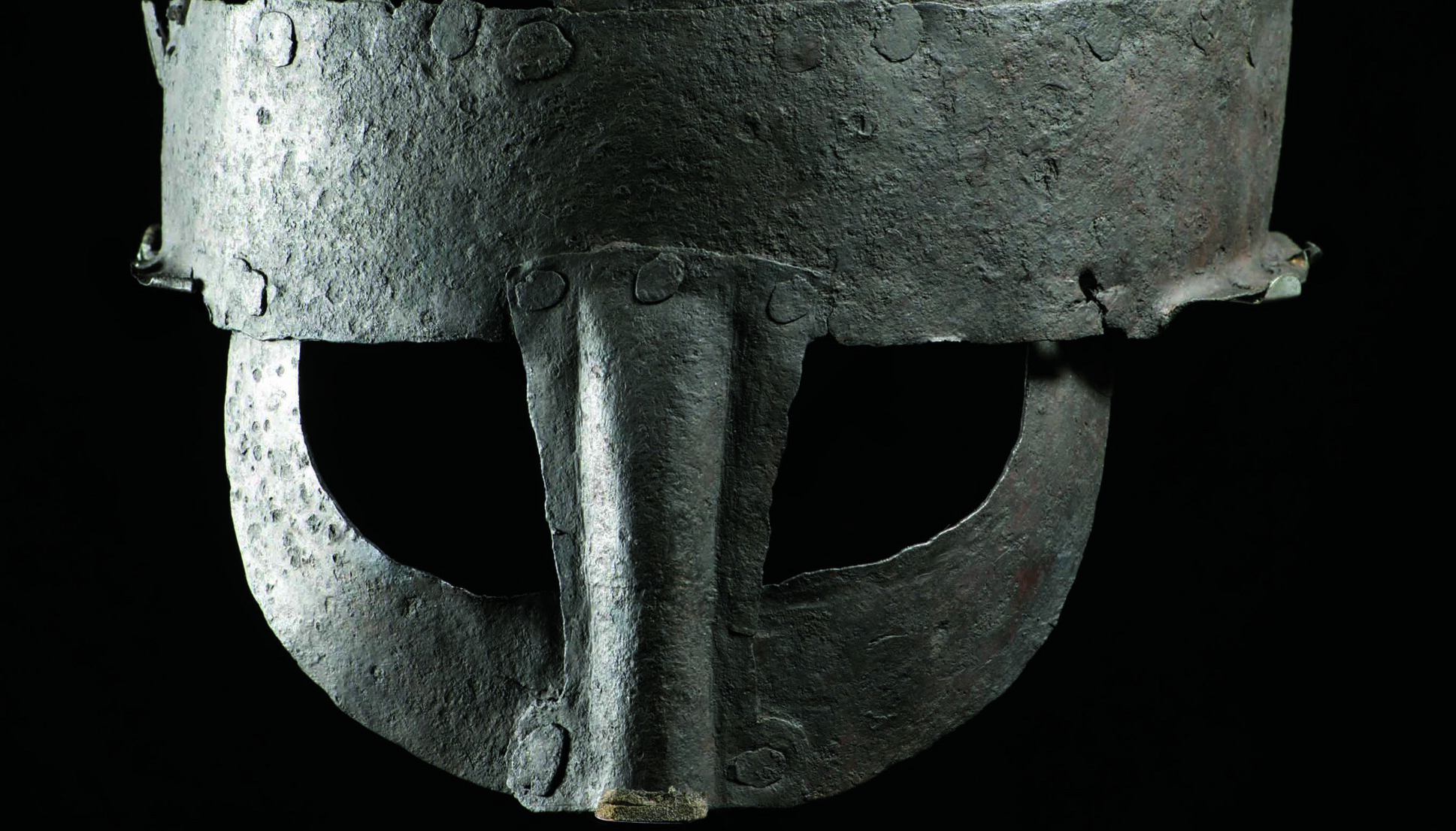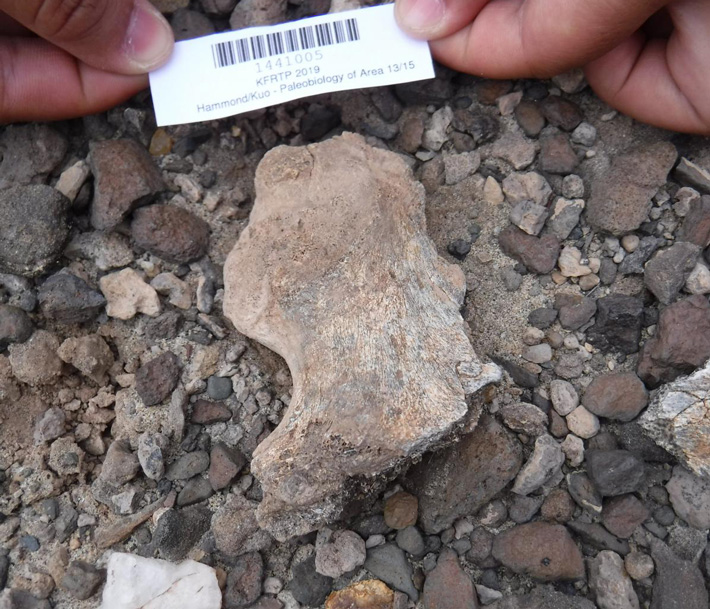
NEW YORK, NEW YORK—According to a statement released by the American Museum of Natural History, an international team of researchers led by Ashley Hammond of the American Museum of Natural History has determined that a Homo erectus skull fragment discovered in 1974 at the East Turkana site in Kenya was accurately dated at 1.9 million years old. Some researchers had suggested that the fossil may have been washed or blown into the site from a younger fossil deposit. Geoscientist Dan Palcu of the University of São Paulo and Utrecht University said the team members reviewed the evidence and past studies, examined the region with satellite and aerial imagery, and looked for new clues on the ground in order to reconstruct the site where the fossil was found. The scientists concluded that although the fossil was likely found in an area different from the one initially reported, there was no sign of a younger fossil outcrop in the area. They also collected two additional Homo erectus fossils—a partial pelvis and a foot bone—in addition to the fossilized teeth of other mammals. Chemical analysis of the teeth indicates that Homo erectus inhabited an arid, open, and grassy land. For more on this hominin species, go to "Homo erectus Stands Alone," one of ARCHAEOLOGY's Top 10 Discoveries of 2013.


